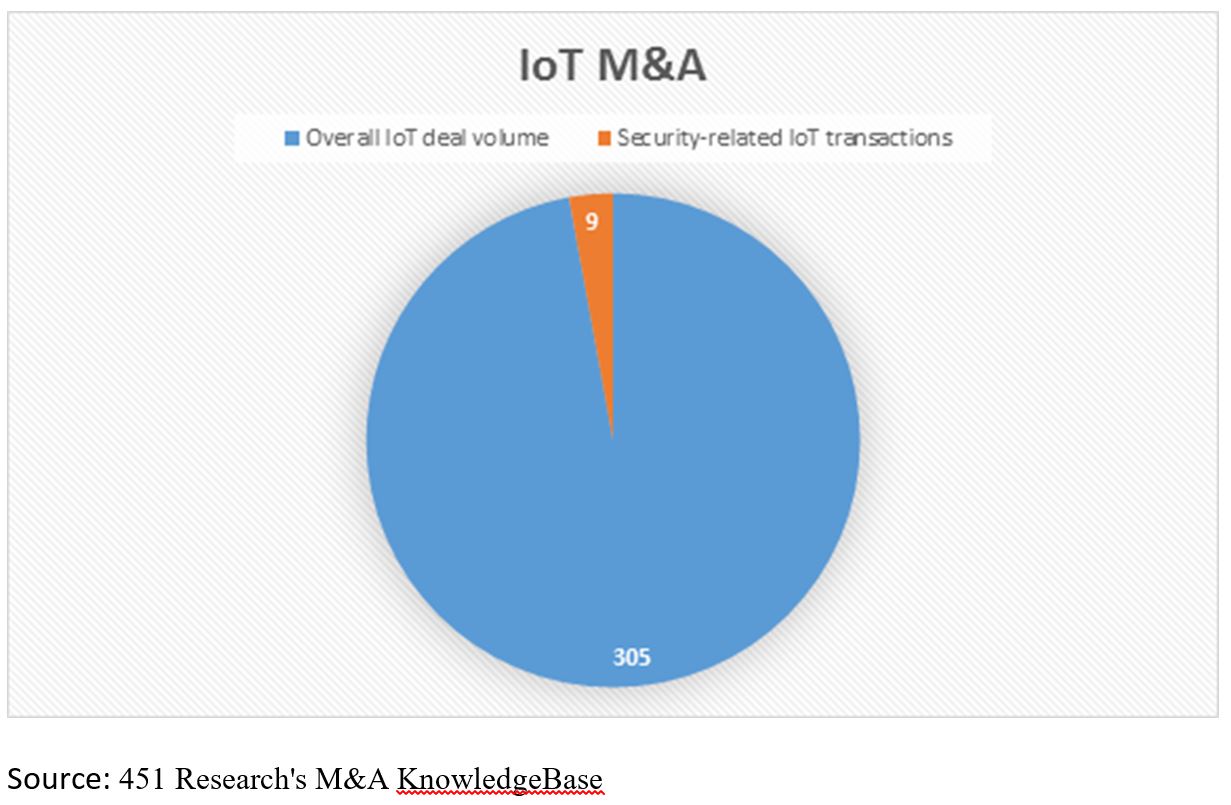Contact: Brenon Daly
An enterprise software giant trumpets its acquisition of an online site that has collected millions of profiles of business professionals that it plans to use to make its applications ‘smarter’ and its users more productive. We’re talking about Microsoft’s blockbuster purchase of LinkedIn this week, right? Actually, we’re not.
Instead, we’re going back about a half-dozen years – and shaving several zeros off the price tag – to look at Salesforce’s $142m pickup of Jigsaw Data in April 2010. Jigsaw, which built a sort of business directory from crowdsourced information, isn’t exactly comparable to LinkedIn because it mostly lacked LinkedIn’s networking component and because the ultimate source of information for the profiles differed at the two sites. However, the rationale for the two deals lines up almost identically, and the division that Salesforce created on the back of the Jigsaw buy (Data.com) runs under the tagline that could be lifted directly from LinkedIn: ‘The right business connection is just a click away.’
We were thinking back on Jigsaw’s acquisition – which, at the time, stood as the largest transaction by Salesforce – as reports emerged that the SaaS giant had been bidding for LinkedIn, but ultimately came up short against Microsoft. Our first reaction: Of course Benioff & Co. had been in the frame. After all, the two high-profile companies have been increasingly going after each other, with Salesforce adding a social network function (The Corner) to the directory business at Data.com and LinkedIn launching its CRM product (Sales Navigator). And, not to be cynical, even if it didn’t want to buy LinkedIn outright, why wouldn’t Salesforce use the due-diligence process to gain a little competitive intelligence about its rival?
As we thought more about Salesforce’s M&A, we started penciling out an alternate scenario from the spring of 2010, one in which the company passed on Jigsaw and instead went right to the top, acquiring LinkedIn. To be clear, this requires us to make a fair number of assumptions as we revise history with a rather broad brush. Further, our ‘what might have been’ look glosses over huge potential snags, such as the fact that Salesforce only had $1.7bn in cash at the time, and leaves out the whole issue of integrating LinkedIn.
Nonetheless, with all of those disclaimers about our bit of blue-sky thinking, here’s the bottom line on the hypothetical Salesforce-LinkedIn pairing at the turn of the decade: It probably could have gotten done at one-third the cost that Microsoft says it will pay. To put a number on it, we calculate that Salesforce could have spent roughly $9bn for LinkedIn back in 2010, rather than the $26bn that Microsoft is handing over.
Our back-of-the envelope math is, admittedly, based on relatively selective metrics. But here are the basics: At the time of the Jigsaw deal (April 2010), fast-growing LinkedIn had about $200m in sales and 150 million total members. If we apply the roughly $60 per member that Microsoft paid for LinkedIn ($26bn/433 million members = $60/member), then LinkedIn’s 150 million members would have been valued at $9bn. (Incidentally, that valuation exactly matches LinkedIn’s closing-day market cap on its IPO a year later, in May 2011.)
On the other hand, if we use a revenue multiple, the hypothetical valuation of a much-smaller LinkedIn drops significantly. Microsoft paid about 8x trailing sales, which would give the 2010-vintage LinkedIn, with its $200m in sales, a valuation of just $1.6bn. (We would add that other valuation metrics using net income or EBITDA don’t make much sense because LinkedIn was basically breaking even at the time, throwing off only a few tens of millions of dollars in cash.)
However, LinkedIn would certainly have commanded a double-digit price-to-sales multiple because it was doubling revenue every year at the time. (LinkedIn finished 2010 with $243m in revenue and 2011 with over $500m in sales, while Salesforce was increasing revenue only about 20%, although it was north of $1bn at the time.) By any metric, LinkedIn would have garnered a platinum bid from Salesforce in our hypothetical pairing, as surely as it got one from Microsoft. But on an absolute basis, the CRM giant would have gotten a bargain compared to Microsoft.
For more real-time information on tech M&A, follow us on Twitter @451TechMnA.

